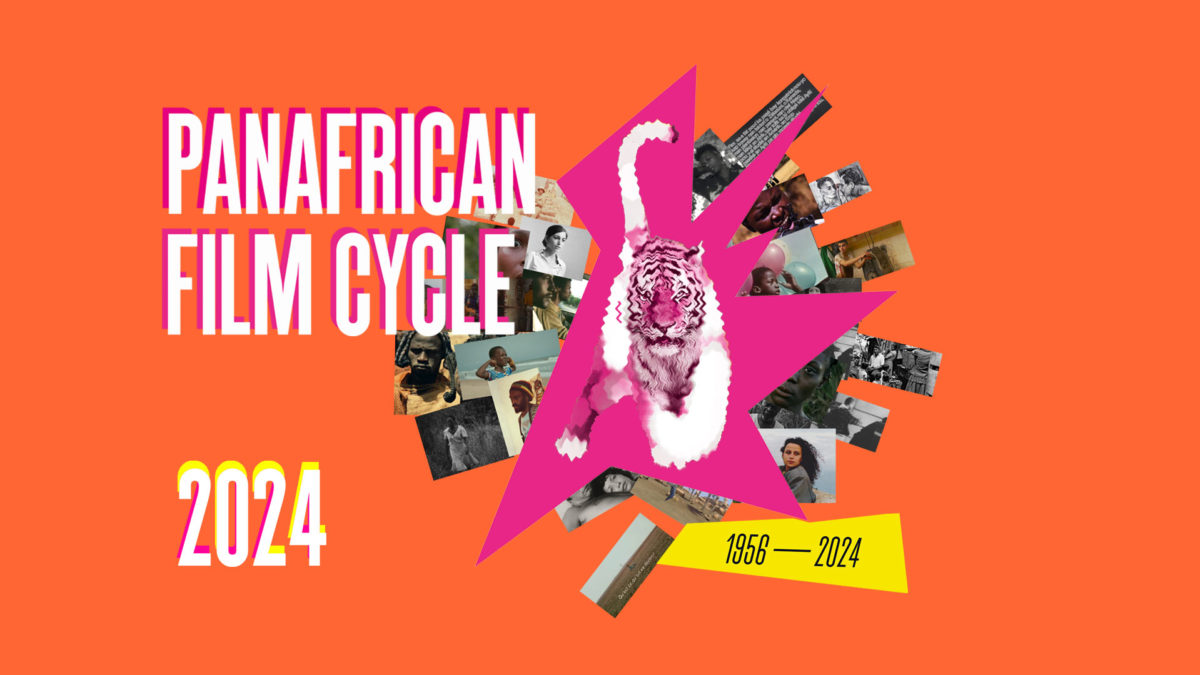On the Dune of solitude

A film by Timité Bassori
Ivory Coast, 1964, Experimental short film, 32 mins, fantastic, French
Synopsis
Suggested by Mama Watta, a legendary water goddess who seduces men into captivity, the film depicts the symbolic encounter of a man and a woman one night on the beach. The two share dreams on the sand but with daylight comes disorientation and death.
Directed by Bassori Timite
Alternative title: ON THE BANK OF SOLITUDE
Country: Ivory Coast
Year: 1964
Runtime: 32 min
Language: French
Director / Réalisateur : Timité BASSORI
Photography / Image : Ivon BAGUINOF
Editing / Montage : Guy FERRANT
CAST (in credits order)
Elise Touré
Julien Keita
Brahima Kouyaté
Emmanuel Daima (aka Emmanuel Diaman)
2010 | 39th International Film Festival of Rotterdam (IFFR 2010) | Rotterdam, Pays-Bas | 27 January – 07 Feb 2010
* Selection: Signals – Where Is Africa (Rétrospective du cinéma africain novateur)



k restoration by Eclair Classics. Film restored by the Cinémathèque Afrique of the Institut français as part of the 20 films for 2020 programm.
Timité Bassori

Ivorian film director, screenwriter and writer (novelist).
Born on 30 December 1933, in Aboisso (Ivory Coast), he is considered as one of the fathers of the Ivorian cinema. After studying at IDHEC in Paris, Bassori realized his long narrative debut The Woman with the Knife (1969) in which he starred as young man returning from Europe to his homeland only to start facing his weaknesses. Bassori was given a life-achievement award in Khouribga African Film Festival (FFCAK) in 2009 and was jury president in FFCAK’s following edition in 2010. He has held several positions: including director at the Ivorian Cinema Company and has published many books like The Banished Village (1974)
Filmography
1964 (short) – Sur la dune de la solitude (ON THE BANK OF SOLITUDE)
* Director
1969 (feature) – La femme au couteau
* Director / Actor (cast member)
1976 (feature) – LA VICTOIRE EN CHANTANT (NOIRS ET BLANCS EN COULEUR)
* Production Manager
This film is part of a session of short films including:
Sur la dune de la solitude

Timité Bassori
Côte d’Ivoire fict. vostf 1964 n&b
32min (cin. num.)
Le film est tiré d’une légende où Mamy Watta, la déesse de l’eau séduit les humains.
C’est la rencontre de deux jeunes gens un soir au bord de la lagune. Les deux jeunes vont faire connaissance et passent la nuit au bord de l’eau. Le lendemain matin, au réveil la jeune fille a disparu. Curieusement, plus tard, le jeune homme retrouvera le visage de sa compagne d’une nuit sur un lit de mort.



Restauration 2k par Eclair Classics. Film restauré par la Cinémathèque Afrique de l’Institut français dans le cadre de 20 films pour 2020.
Timité Bassori

Né le 30 décembre 1933 à Aboisso (Côte d’Ivoire), il est considéré comme le père du cinéma ivoirien. Après ses études de cinéma à l’IDHEC (Paris) et son premier court métrage Sur la dune de la solitude (1964), un film fantastique, Timité Bassori réalise son premier et unique long métrage La femme au couteau (1969), un drame dans lequel il joue le rôle d’un jeune ivoirien revenu d’Europe et qui vit un traumatisme. Ce thriller psychologique La femme au couteau (1969) est le tout premier long métrage de fiction de la Côte d’Ivoire.
Timité Bassori a reçu un prix pour sa carrière au Festival du Cinéma africain de Khouribga (FFCAK) en 2009 et a été Président de jury au FFCAK l’édition suivante en 2010. Toujours en 2010, le Festival de Rotterdam (IFFR) a projeté les deux films de Bassori dans le cadre d’une rétrospective du cinéma africain novateur. En 2015, il était membre du jury du Festival du Cinéma africain de Louxor (Luxor African Film Festival, LAFF).
Il a exercé plusieurs responsabilités dont celle de Directeur de la Société Ivoirienne de Cinéma et a publié de nombreux livres tels
le recueil de nouvelles LES BANNIS DU VILLAGE (1974, Nouvelles Editions Africaines, NEA, Abidjan/ Dakar)
Filmographie
1964 (court métrage fiction) – Sur la dune de la solitude (ON THE BANK OF SOLITUDE)
* Réalisateur
1969 (long métrage fiction) – La femme au couteau
* Réalisateur / Acteur principal
1976 (long métrage fiction) – LA VICTOIRE EN CHANTANT (NOIRS ET BLANCS EN COULEUR)
* Directeur de Production
Ce film s’inscrit dans une séance de courts métrages comprenant :
Elles
Kaka Yo
Le Retour d’un aventurier

SEPT 2023


OCT —> DÉC. 2023














































